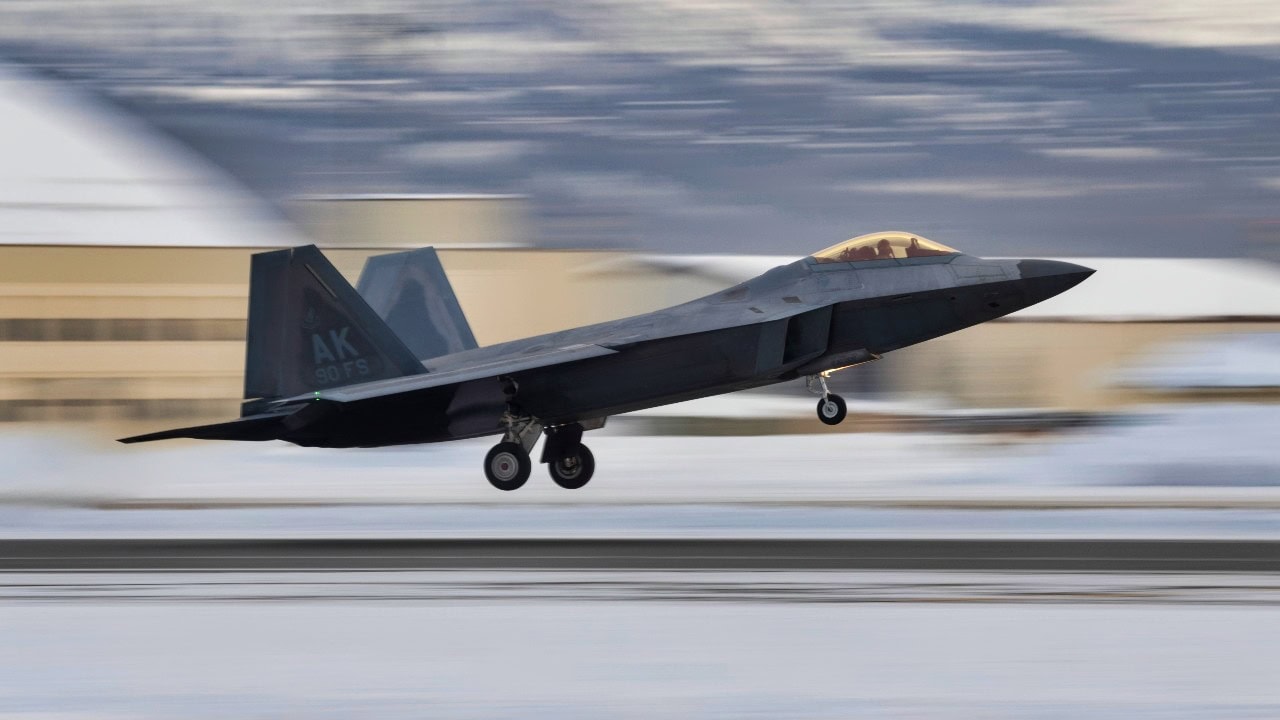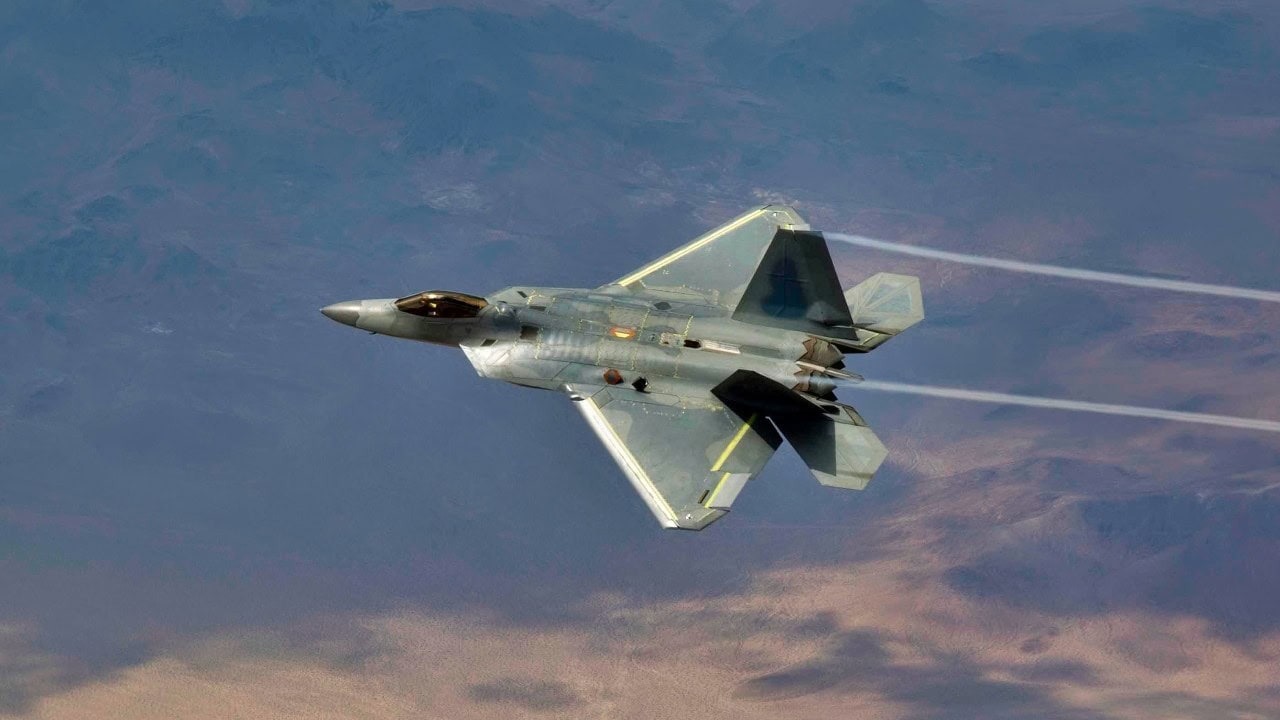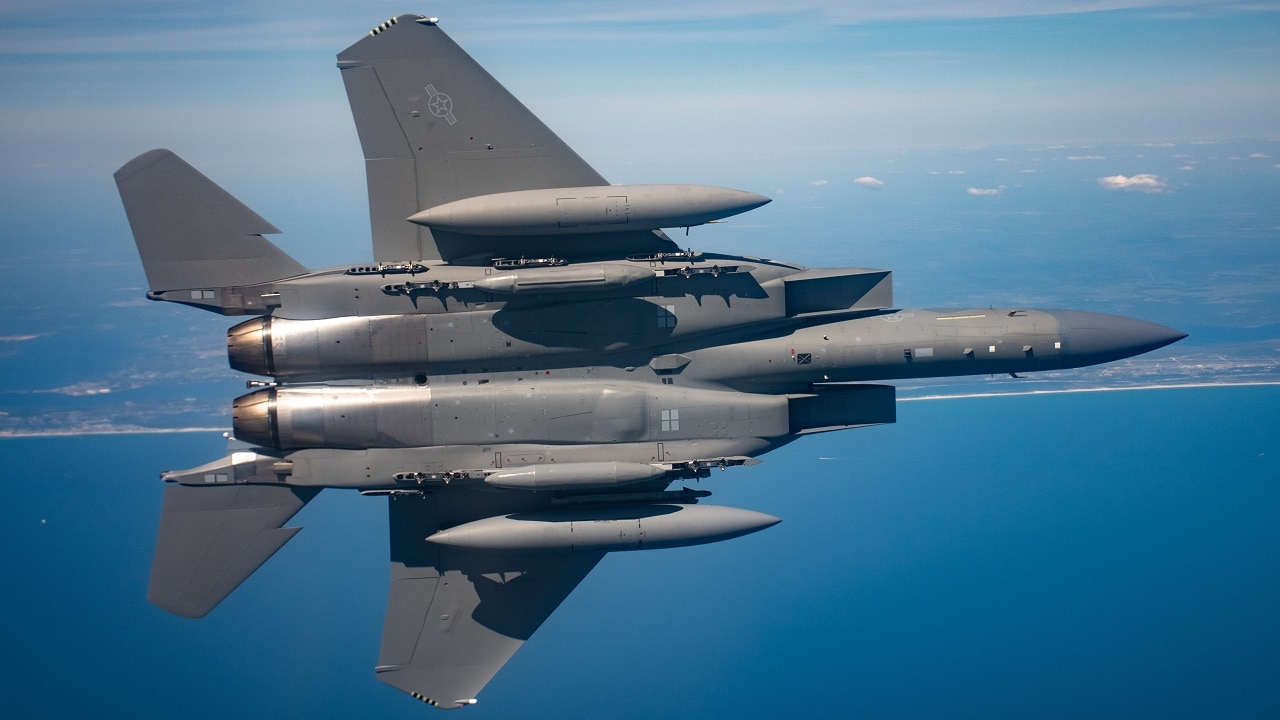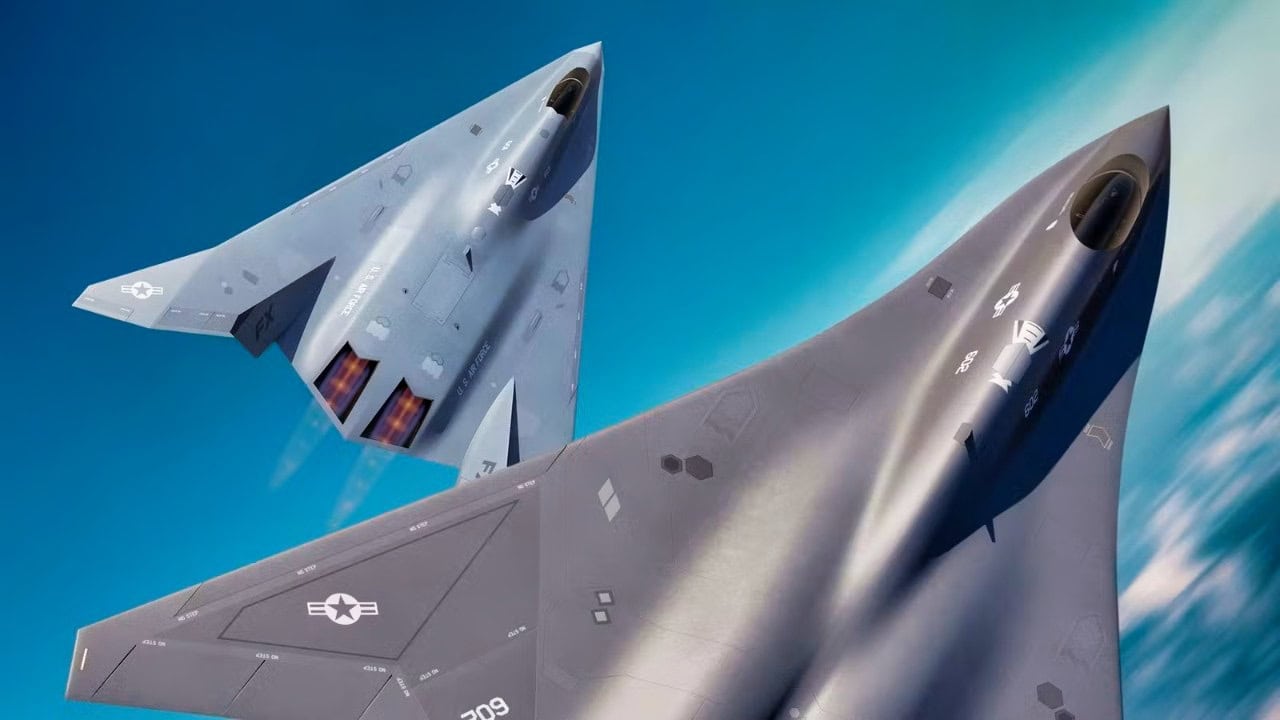Article Summary: The U.S. Air Force has revived its warrant officer program after 65 years, graduating 30 new warrant officers specializing in information technology and cyber fields. This initiative aims to bolster technical expertise and leadership amid increasing global threats.
-Air Force Secretary Frank Kendall launched the effort as part of a broader strategy to enhance capabilities in great power competition. While the original warrant officer cadre included pilots, this revival currently excludes flying roles, focusing instead on critical cyber and IT fields.

A U.S. Air Force F-22 Raptor assigned to the 3rd Wing takes off from Joint Base Elmendorf-Richardson, Alaska, Nov 21., 2023. The F-22 Raptor is a critical component of the Global Strike Task Force, and is designed to project dominance rapidly and at a great distance to defeat threats. (U.S. Air Force photo by Alejandro Peña)
-The program plans to graduate 150 warrant officers annually, providing specialized technical advisors crucial for future military operations.
U.S. Air Force Revives Warrant Officer Program After 65-Year Pause
Facing a future battlefield replete with sophisticated technical challenges and increasingly capable and resourceful adversaries, the Air Force has taken the dramatic step of resurrecting a program that it killed more than 65 years ago: its warrant officer cadre.
In December, just 10 months after Air Force Secretary Frank Kendall first announced he planned to raise up a new crew of technical experts to advise the force, the service graduated its new class of 30 warrant officers – skilled and experienced leaders selected from 750 applicants from across the force and put through a 40-day training course at Maxwell Air Force Base, AL to prepare them for their brand-new role.
“You will be expected to lead with precision and be premiere advisors, as well as solve the toughest challenges,” Brig. Gen. Christopher Amrhein, the head of the Air Force Accessions Center, told the new graduates. “Your expertise and leadership are already in high demand. Now go execute.”
Kendall issued a mandate to stand up a warrant officer program as one of 24 “key decisions” under the heading of Reoptimizing for Great Power Competition. To the disappointment of some, he specified that these new warrant officers would be solely focused on information technology and cyber fields “to maintain technical leadership in these highly perishable skills,” and would not include aircraft pilot roles.
The original Air Force warrant officer program, a carry-over from the Army, which owned military aviation capabilities until 1947, included a “flight officer” rank that had allowed enlisted pilots to fly during World War II.
A 1991 feature in Air Force Magazine described the unusual arrangement that made space for warrant officer pilots:
“Like more conventional warrant officers, flight officers were called ‘Mister.’ Both wore officer-style bars tinted with splashes of color (brown for WOs and blue for FOs). Both rated salutes from enlisted men, and both wore officer-style uniforms. Both ranked below all commissioned officers. Unlike other warrant officers, however, flight officers were not tied to enlisted career fields. They filled the same crew positions as other officers, including aircraft commander. Some flew with commissioned copilots, and at least a few led major elements on missions. The Pentagon said they were to be treated ‘in the nature of third lieutenants… due all the customs and courtesies pertaining to commissioned officers.”

F-22 Raptor 4006 makes its second flight July 18 following an extensive refurbishment to get it back in the air. (Courtesy photo by Christopher Higgins/Lockheed Martin)
When Kaleth Brown, the 18th chief master sergeant of the Air Force, suggested during a 2018 interview with Military.com that the service might bring back warrant officer pilots, the news caused a viral furor among airmen eager to take advantage of such an opportunity.
“We have enlisted airmen in our Guard and reserve component who have private pilot’s licenses and fly for the airlines. So it’s not a matter of can they do it, or hav[ing] the smarts or the capability, it’s just a matter of us, as an Air Force, deciding that that’s a route that we want to take,” Brown said in the interview. But the Air Force never pursued that plan, and even now, leaders have made clear that enlisted pilots are not in the offing.
“For right now, the current focus is really leveraging the warrant officer into these technical IT and cyber career fields,” Amrhein told me in an interview. While he said that speculation about future plans or expansion was beyond his purview, “what we do know is that, right now, it is limited to the cyber and IT professionals.”
Officials do expect the new warrant officers to fill a special place in the culture. They told me they consulted heavily with the Army and Marine Corps, which have their own highly regarded warrant officer programs, and brought in their experts to guide training and program development. Amrhein said he had observed the impact of warrant officers and their expertise during his time at U.S. Transportation Command, repositioning forces in Afghanistan.

An F-15EX Eagle II from the 85th Test and Evaluation Squadron, 53rd Wing, takes flight for the first time out of Eglin Air Force Base, Fla., April 26, 2021, prior to departure for Northern Edge 2021. The F-15EX brings next-generation combat technology to a highly successful fighter airframe that is capable of projecting power across multiple domains for the Joint Force. (U.S Air Force photo by 1st Lt Savanah Bray)
“You can bring in that expert, and they can lead a team of how to present solutions and options for the leaders of the commanders of the organization to be able to make decisions and move out on them,” Amrhein said, as first reported in Air Force Times. “And that’s where that trusted advisor comes in based on the level of expertise that they have. I think what we’ll find out is that these warrant officers are going to do the very same thing for the United States Air Force in these specific roles.”
The first warrant officer class, according to Air and Space Forces Magazine, included a 19-year senior master sergeant who put off retirement in order to become a chief warrant officer second class, and a 10-year master sergeant who’d considered leaving the service before the opportunity to pursue a new career path that would keep him close to the operational work he loved opened up.
The Air Force now plans to make 150 warrant officers per year – the second class is set to launch in January – but Amrhein said it can surge to a throughput of 300 if needed.
About the Author: Hope Seck
Hope Hodge Seck is an award-winning investigative and enterprise reporter who has been covering military issues since 2009. She is managing editor of Military.com. Hope’s previous assignments have included a war zone embed in Afghanistan with Marines and multiple reporting trips to the Middle East and aboard amphibious ships and aircraft carriers. This first appeared in Sandboxx.

